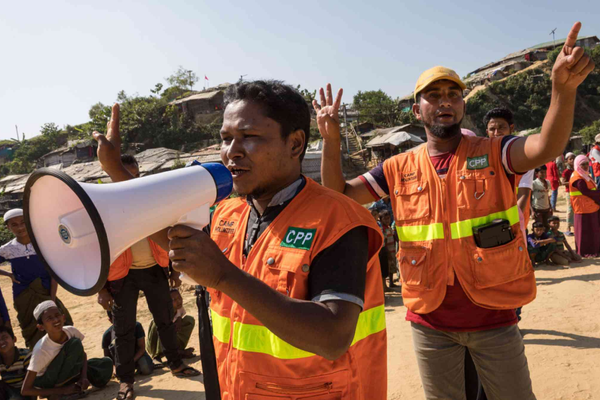India is helping Nepal, Maldives, Sri Lanka, Bangladesh and Mauritius develop early warning systems to reduce the loss of life and property due to extreme weather events.
- India’s efforts are part of the United Nations’ ‘Early Warnings for All’ initiative.
What are Early Warning Systems (EWS)?
- EWS are an integrated system of hazard monitoring, forecasting, prediction, disaster risk assessment, communication, and preparedness activities.
- They enable individuals, communities, governments, and businesses to take timely action to reduce disaster risks before hazardous events.
- A successful EWS can save lives and jobs, land and infrastructures, and support long-term sustainability.
About Early Warnings for All (EW4All):
- EW4All is a United Nations initiative that aims to protect people from hazardous weather, climate, and water events through early warning systems by 2027.
- It was formally launched in 2022 at COP27 in Sharm El-Sheikh, Egypt, and is co-led by the United Nations Meteorological Organization (WMO) and United Nations Office for Disaster Risk Reduction (UNDRR).
- It aligns with the priorities of the Paris Agreement and supports key provisions of the Sendai Framework for Disaster Risk Reduction, particularly Target G on availability and accessibility of multi-hazard early warning systems.
- It also contributes to delivering the targets of the 2030 Agenda for Sustainable Development on poverty, hunger, health, water, clean energy, climate action and sustainable cities.
- The delivery of Early Warnings for All requires scale up and coordinated investments and action across the four essential pillars of end to end, people-centred Multi-Hazard Early Warning Systems (MHEWS).
Four Pillars:
- Disaster risk knowledge: Ensuring all countries have access to reliable, understandable and relevant risk information, science and expertise (led by UNDRR).
- Detection, observation, monitoring, analysis, and forecasting: Ensuring all countries have robust forecast and monitoring systems and enabling policies to support optimization and sustainability of hazard monitoring and early warning systems (led by WMO).
- Warning dissemination and communication: Using a people-centered approach to ensure that early warnings are effectively and timely disseminated to reach everyone, especially those most at risk (led by ITU).
- Preparedness and response capabilities: Ensuring local governments, communities and individuals at risk have the knowledge and means to take pre-emptive early actions to prepare for and respond to incoming disasters upon receiving warnings (led by IFRC).
Need for EWS:
- With human-induced climate change causing more extreme weather, early warning systems are crucial.
- The world is projected to experience 560 medium- to large-scale disasters annually.
- They’re not a luxury but a cost-effective tool that saves lives, reduces economic losses, and yields nearly tenfold returns on investment.
- Between 1970 and 2021, approximately 2 million deaths and economic losses totaling USD 4.3 trillion were attributed to extreme weather events.
- They can help in preparing for and reducing the risk of disasters.
Challenges faced by EWS:
- Data collection and management: It is difficult to get accurate information on all relevant parameters.
- Monitoring: Inadequate or poorly maintained monitoring stations can lead to inaccurate predictions.
- Communication barriers: Everyone needs to understand what actions they should take after receiving an alert to avoid panic or confusion.
- Public awareness: Lack of public awareness and public complacency can be an obstacle.
- Lack of co-ordination: Coordination gaps between data collection and warning dissemination centers.
Way forward:
- Improving data quality and ensuring global data access.
- Integrating scientific and technological advancements with local, traditional, Indigenous, and generational knowledge.
| UPSC IAS Preparation Resources | |
| Current Affairs Analysis | Topperspedia |
| GS Shots | Simply Explained |
| Daily Flash Cards | Daily Quiz |



